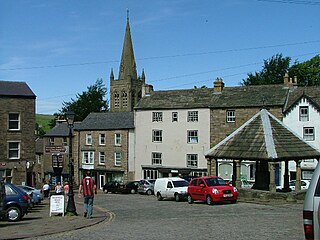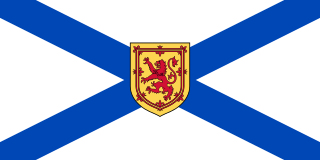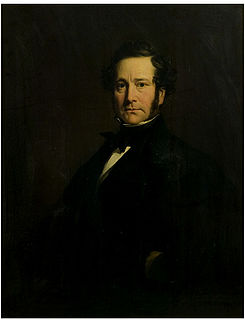John Stephenson (c. 1709 – 17 April 1794) was a British Member of Parliament.
He was the son and heir of Thomas Stephenson of Bails and Crosslands, Alston, Cumbria and a Member of Parliament for various boroughs in the south-west from 1754 to 1755 and 1761 until his death in 1794. [1]

Alston is a small town in Cumbria, England, within the civil parish of Alston Moor on the River South Tyne. It shares the title of the 'highest market town in England', at about 1,000 feet (300 m) above sea level, with Buxton, Derbyshire. Despite being at such an altitude and in a remote location, the town is easily accessible via the many roads which link the town to Weardale valley, Teesdale, Hartside Pass as well as the Tyne valley. Historically part of Cumberland, Alston lies within the North Pennines, a designated Area of Outstanding Natural Beauty and is surrounded by beautiful views of the surrounding fells and the South Tyne Valley. Much of the town centre is a designated Conservation Area which includes several listed buildings.
He was a director of the British East India Company from 1765 to 1768, and had government victualling contracts in Nova Scotia and Newfoundland at the time of the American Revolution. [2]

Nova Scotia is one of Canada's three Maritime Provinces, and one of the four provinces that form Atlantic Canada. Its provincial capital is Halifax. Nova Scotia is the second-smallest of Canada's ten provinces, with an area of 55,284 square kilometres (21,300 sq mi), including Cape Breton and another 3,800 coastal islands. As of 2016, the population was 923,598. Nova Scotia is Canada's second-most-densely populated province, after Prince Edward Island, with 17.4 inhabitants per square kilometre (45/sq mi).

The American Revolution was a colonial revolt that took place between 1765 and 1783. The American Patriots in the Thirteen Colonies won independence from Great Britain, becoming the United States of America. They defeated the British in the American Revolutionary War (1775–1783) in alliance with France and others.










